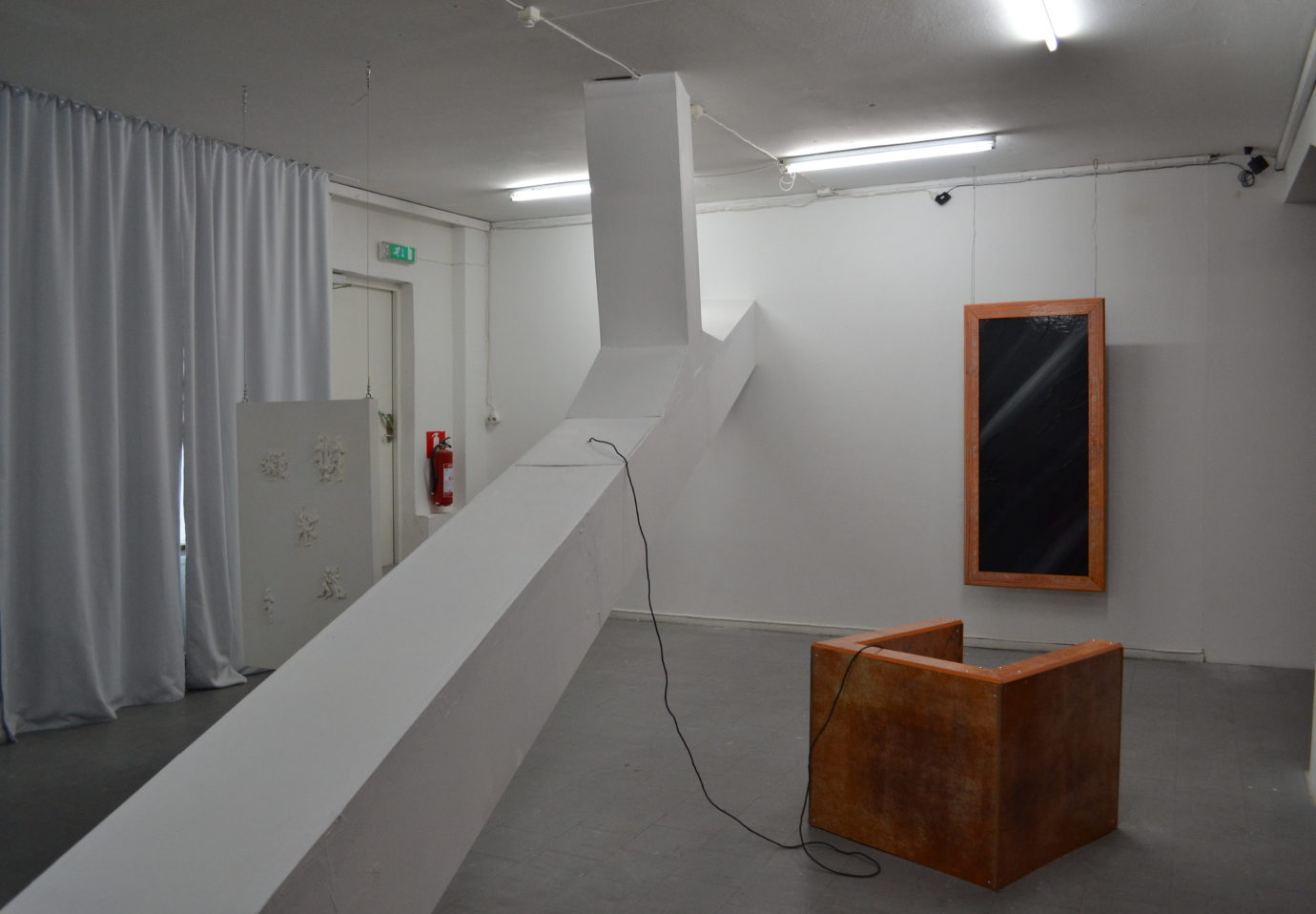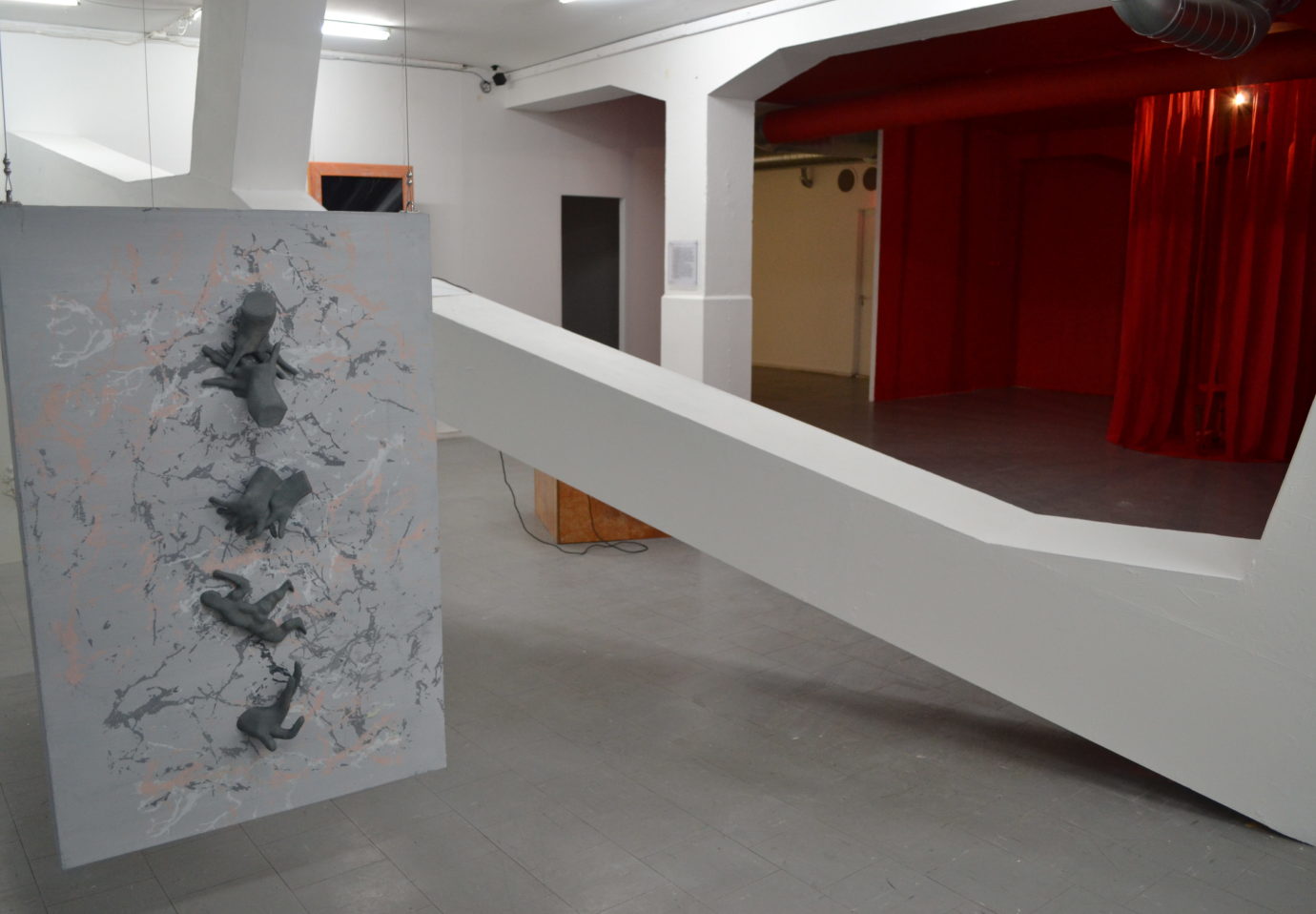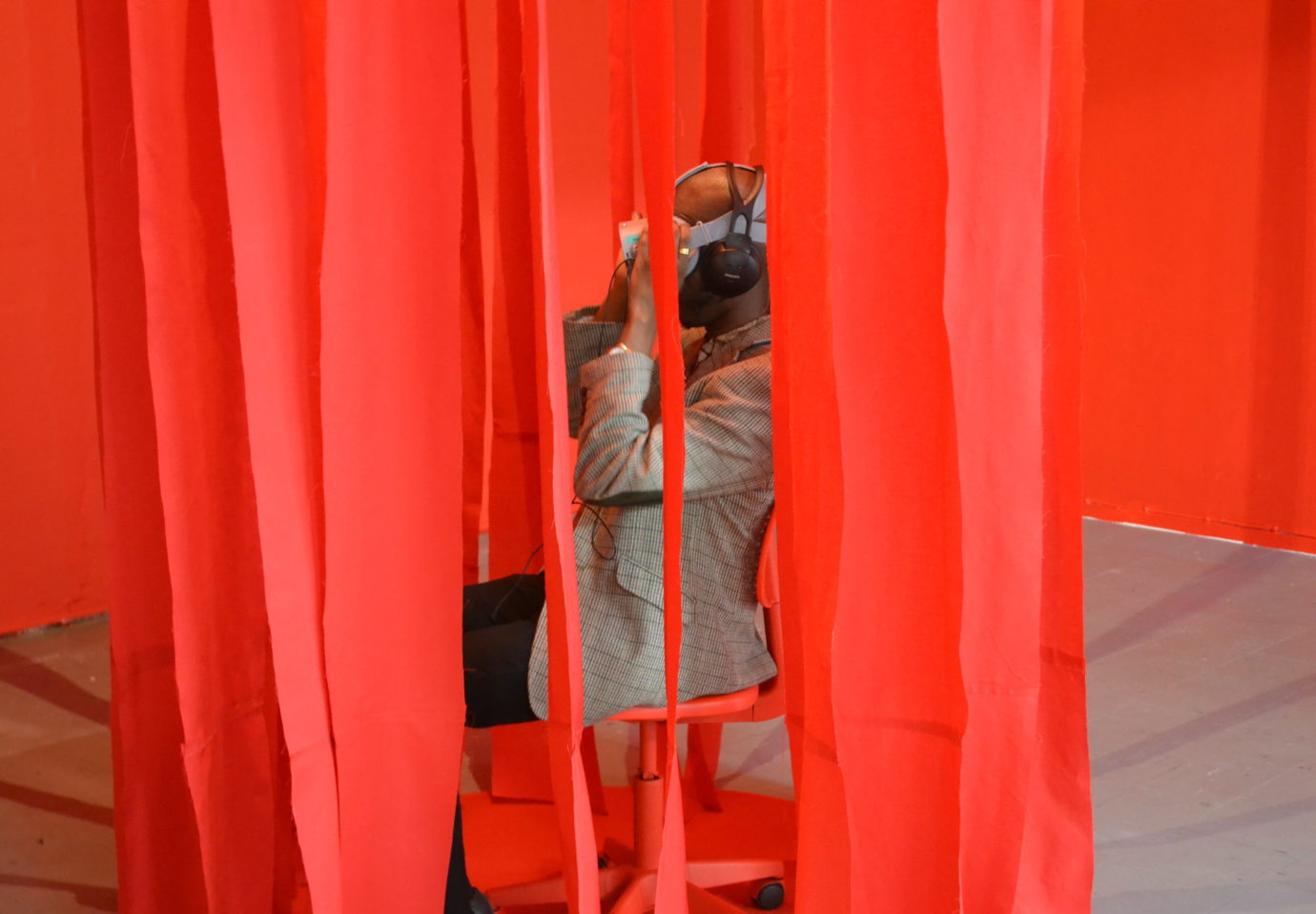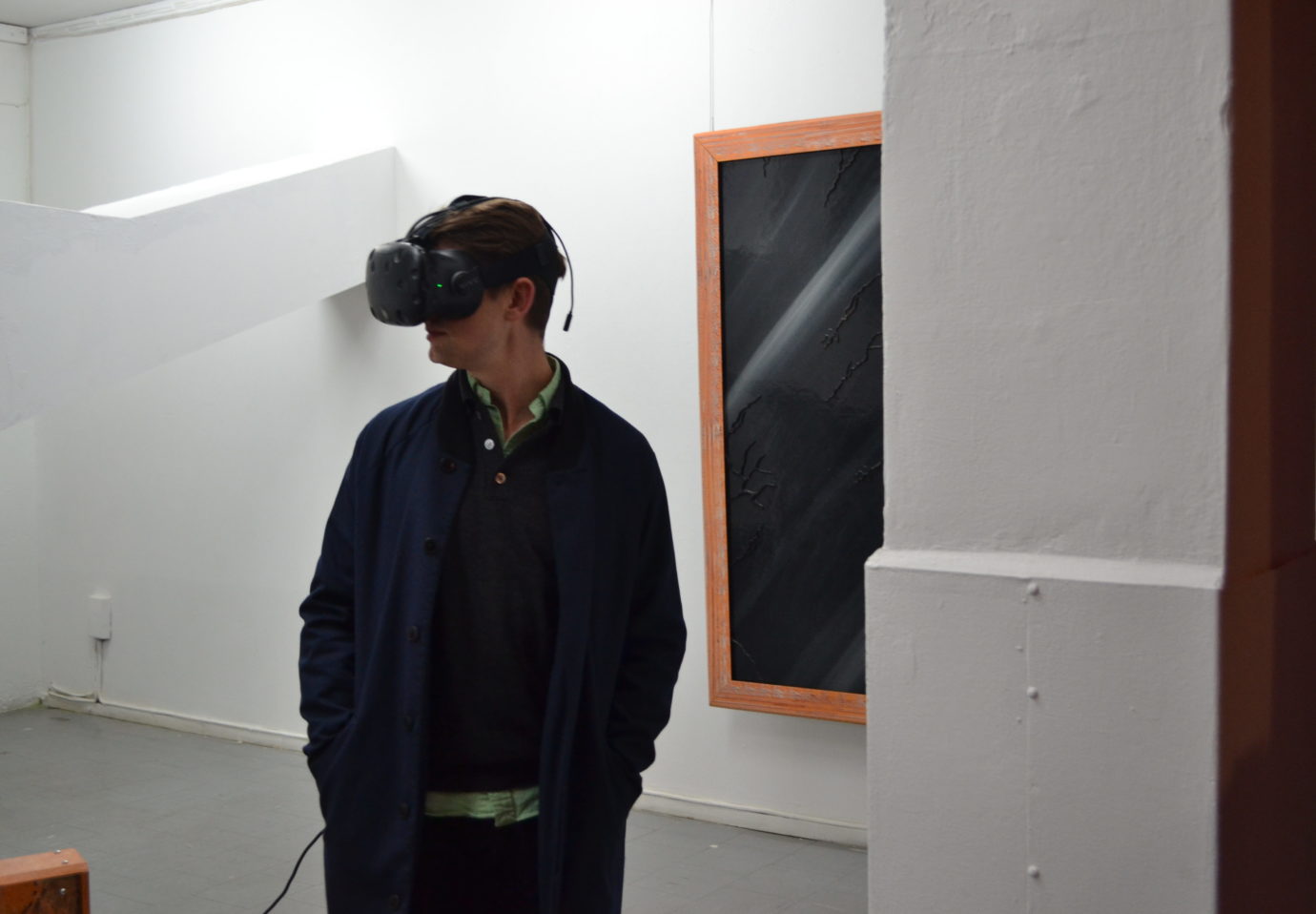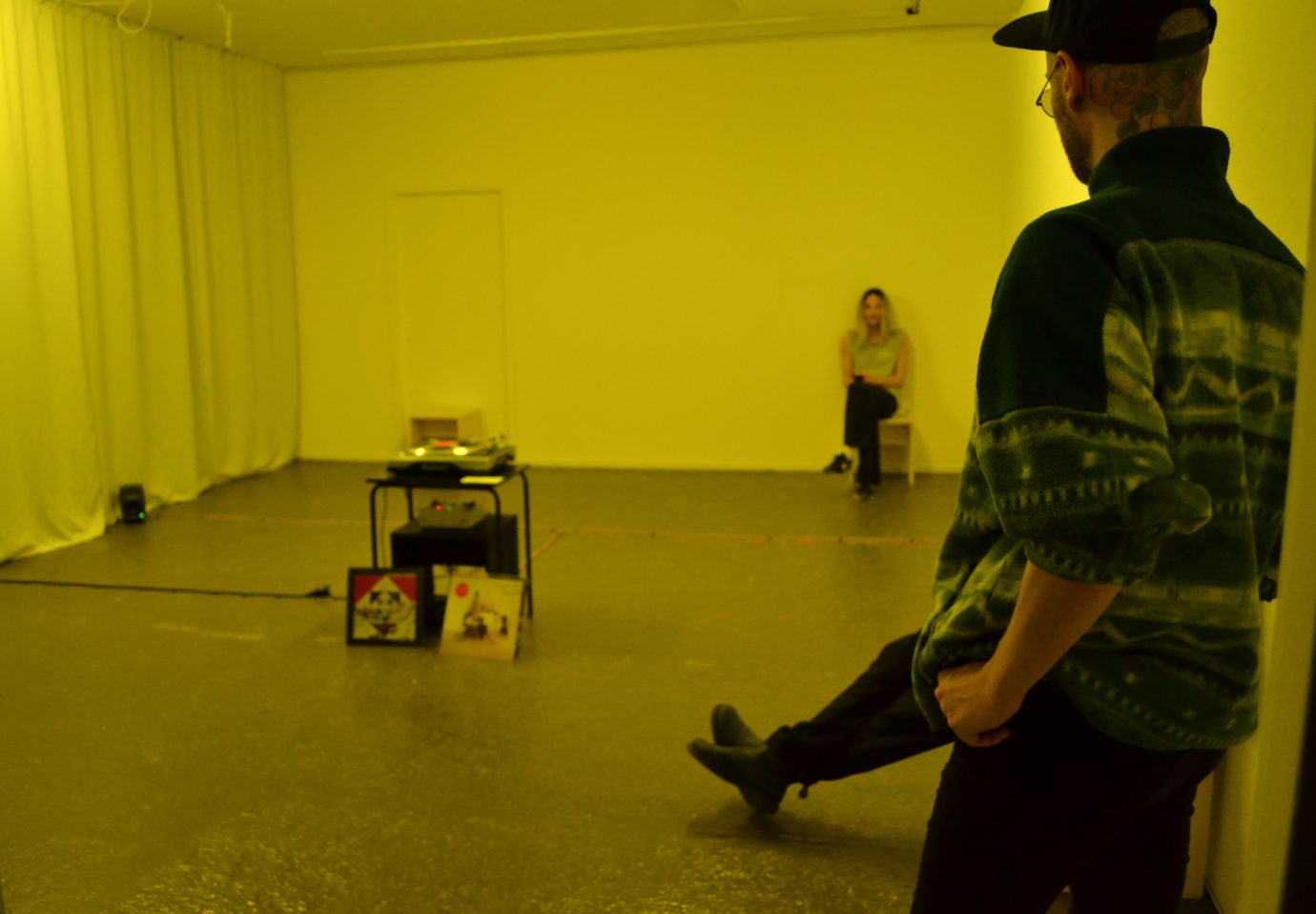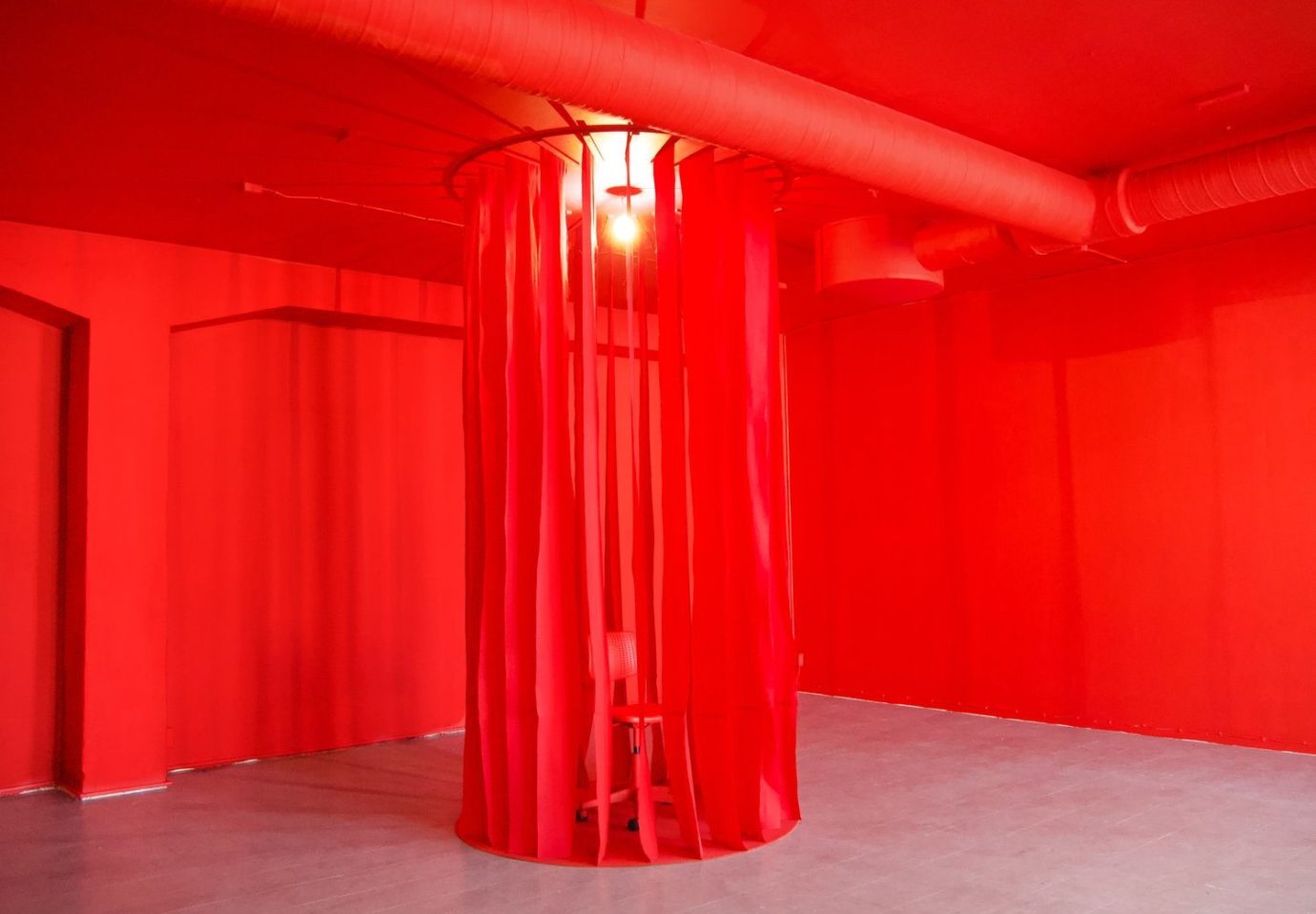The appearance and disappearance of futures and pasts
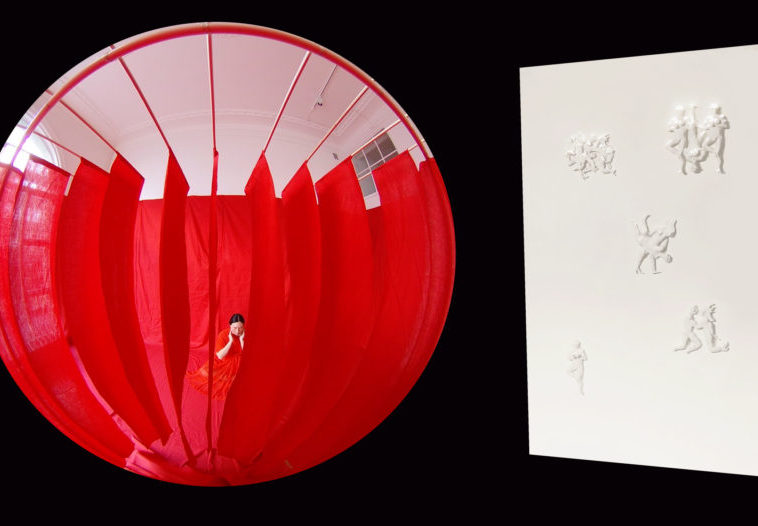
The appearance and disappearance of futures and pasts
C. Grace Chang and Johan Lundin
March 22 – April 21
Working on The appearance and disappearance of futures and pasts, the conversations surrounding the curatorial process have dug deeper, maybe more than ever before, through more words than ever, scrutinising their meanings: superimposition, immersion, brain, science fiction, playfulness, other dimension, society, end of the world – entropy, control, imagination. Words within a world where every regulated system pushes to forbid, delay or misinterpret entropy through control. Bodies and their different histories and referentials appear and disappear from the public gaze by the whims of nations and their own, omnipotent, strategies of power. Certain bodies, not all, are spaces of friction, dealing simultaneously with both the past and the future. But how can you comprehend being if you place yourself in a certain imagined future and then go back into history, it creates an explosion.
How can one body become plurivocal, symbolical, fantastical to the point where it regains control of its own experience, to the point where it becomes a sort of myth of its own self?
And how much can virtual reality (VR), or sound, the experience of mediated proxemics, become part of this mythology? What does it mean to have the body in your eyes, in your brain through VR, playing with all our perceptions of intimacy and distance?
VR technology is still a futuristic playtool of rich gamers. When one sees it in Sci-Fi movies, it is almost always associated with escaping, from one unsatisfying future into any other place. When seen in contemporary art, it more often than not tends to mimic the blockbuster Sci-Fi approach. Yet, there is an untapped radical power in VR that is beginning to surface, as the device and the medium can be used for reflecting on multiple selves, empowering bodies and sublimating presence.
Perhaps the two space and VR installations that we are presenting contrast: C. Grace Chang’s work is based upon her formation within a decolonial discourse; she is interested in the actions of returning the gaze, controlling space, and refusal as a starting point. Layering codes that are readable to only those who have been left outside by interlocking systems of oppression, such as the queer Asian American community in her particular case, she shows that the self is never left without power. There is always a particular script of opposition that is visible to those within, and that enables imaginations and experiences of the future. Her work transports the audience into another world, a world where codes and signs remain impenetrable to the hegemonic white gaze.
Johan Lundin’s presentation of Gallery Extra at Skånes konstförening is introducing multiplicity and, to a degree, uncertainty as tools of expression. Their work as, and within Gallery Extra is also related to control, in the sense where multiple subjectivities strive together for command of the artistic process and (self)representation within various institutional and public contexts. The plurivocality of Gallery Extra is at the same time connected to queering monuments, pushing the gaze beyond binarity, and different coexistent performances of gender. Mixing fiction and reality, their message is clear; we were always here.
Finally, the Room to Listen is a place for resting within the unrest, among chaotic references of sound, where sonic structures are brought together as mysterious, political and life changing.
C. Grace Chang is a Chinese/Korean American artist based in Malmö. Through a mix of Virtual Reality, performance, and installation, she explores queer diasporas, decoloniality, and the tension between hypervisibility and invisibility imposed on people of color. In 2018, she conducted artistic research in Asian diasporas and visual cultures of resistance at Lund University.
Johan Lundin, born 1988 in Lund, Sweden, is an artist producing performance, installation and video. The performativity and audience interactivity could be understood through relating to the notion dance as going in to a role, taking on a mission or a character. An approach is communicated of a setting to always be understood through the character enacting the space, living it, putting life and character in to it, dancing in it. Stating that by the act of dancing one can choose to enhance a setting, see the setting as something else, relate to the setting in alternative ways or make the setting disappear completely.
Curators: Simona Dumitriu & Tawanda Appiah
Technical consultation and installation: Linus Svensson
Thank you: Boost Helsingborg
